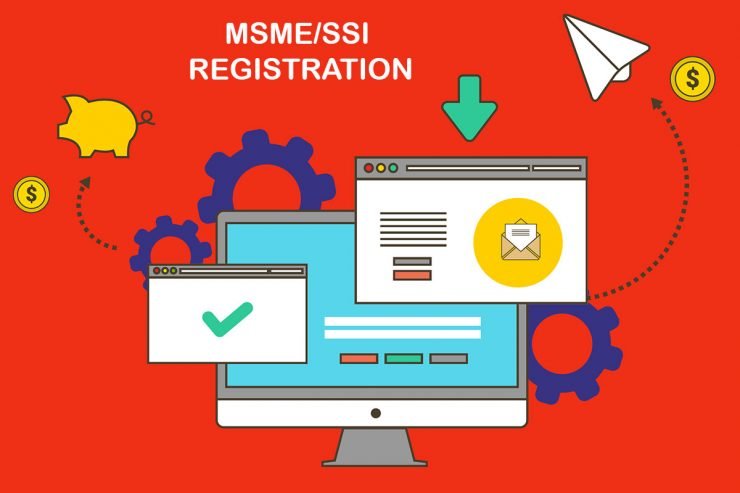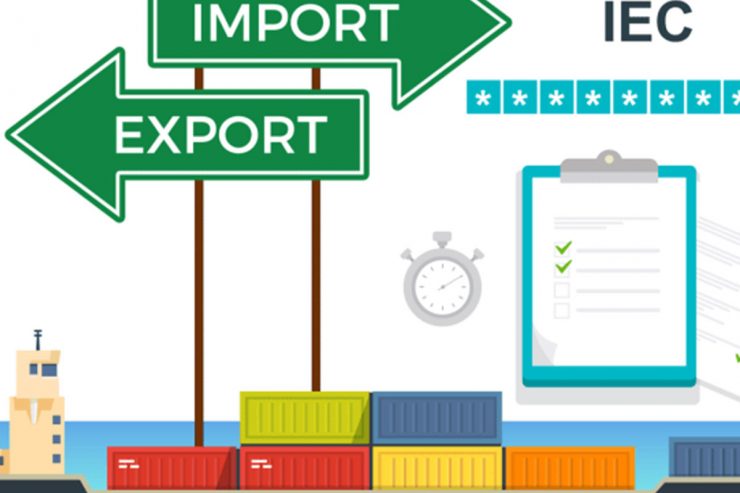

PRACTICE DETAILS
- Lawyer Mr. Shaman Jain
- Skills Government Registrations
- CATEGORY Government Registration, Tax Registrations & Filings
ABOUT THIS PRACTICE
A single tax structure that is a combination of all the other taxes and has also emerged as the biggest indirect tax reform is commonly known as the Goods and Service Tax. GST acts as an umbrella goods tax law ensuring that goods and services are taxed under a single law and the taxes are levied at one rate. The tax collected through GST is further divided amongst centre and state government which are termed as as CGST and SGST or IGST.
If a business entity meets the criteria of turnover or activities, it becomes compulsory for them to get themselves registered under GST and this registration is entirely an online process in India. When you get registered under GST you do not only become a registered supplier but also declare the continuous flow of Input tax credit. Many dealers opt for voluntary registration under GST because of the benefits that it provides.
Who Have to Apply for GST Registration?
- Business with above 2 lakh Rupees per year
- Business registered under VAT, Service/ Excise Tax etc
- Online Software/ services E commerce Business
- Business which drives interstate supply of goods
Documents Required
- Digital Signature: DSC of Partners or Directors, in case of LLP and Company only
- Photograph: Copy of passport size photograph of the Proprietor/ Partners /Directors
- Entity’s PAN Card: A copy of PAN Card of business entity
- PAN & Aadhar Card: A copy of Aadhar Card of Proprietor/ Partners/ Directors
- Business Address Proof: Latest Electricity bill/ Any Tax paid bill/ Municipal Khata Copy
- Rent Agreement: If place is rented, rent agreement is mandatory, else consent letter is sufficient
- Bank details: Latest Bank Statement/ Copy of cancelled cheque/ copy of first page of passbook
- Certificate of Registration: Entity should provide registration certificate with MoA- AoA / LLP Agreement or Partnership Deed as applicable
Process for GST Registration
- Consultancy for a requirement of GST Registration
- Collection of basic Information & documents
- Preparation of required documents
- Share documents for Applicant’s Signature, if required
- Preparation of online application
- Filing of a registration application
- Government processing time
- GST Registration Certificate*
- First Two Digits: These digits represent the State Code
- Next Ten Digits : These digits are the PAN of the concerned business entity
- Thirteenth Digit : It is number of registration within a State
- Fourteenth Digit : It is alphabet Z for all registrants
- Fifteenth Digit : Alphabetic check digit generated automatically
- Input tax credit and lower cost: While conducting any business activity a supplier is free to take credit of the GST paid to previous supplier but for this the supplier must obtain the registration under GST first. When the input costs are reduced it also leads to reduction in cost of supply. In addition to the above, the registered GST supplier is also eligible to pass the ITC to the consumers.
- Simplified and permanent registration: Support from LW experts simplify the online registration process. A GST registration number known as GSTIN is given to the applicant upon the completion of registration process. The registration thus provided is permanent and doesn't require any renewal.
- Legally recognized as Supplier: The supplier can conveniently collect the taxes legally if he possesses compulsory or voluntary registration under GST. Advantages of getting registered under GST include ability to pass on the credit by supplier, grant of equal status and responsibilities to the voluntary registrant just like tax payers under mandatory criteria and giving the registrant liberty to issue pakka invoice to the consumers.
- Easy compliance requirements: Once the registration is done, it is liability of the registrant to meet all the compliance regularly in the form of filing return.GST has simplified all the compliance related requirements.The proposal is to simplify the compliance by applying single return filing rather than continuing with the existing procedure of multiple filings . GST compliance rating will always be higher for a consistent taxpayer in comparison to those who are not consistent.
The following taxable group are eligible for GST Registration:
- Persons who are required to pay tax under Reverse Charge.
- Persons who are required to deduct tax at source.
- Non-resident Taxable person (No fixed place in India).
- Casual Taxable person (No fixed place where GST is applicable).
- All E-commerce Operator (e.g. Flipkart, Amazon).
- All Agents of a supplier.
- Persons who supply goods or services through E-commerce Operator.
- Input Service Distributor.
- An aggregator who supplies services under his brand name.
- Any Specialized Agency of the UN or any Multilateral Financial Institution.
- Persons making any Inter-State taxable supply (e.g. from Delhi to Maharashtra).
The details of a taxpayer’s income are available in this return document called GST Return Filing and it must be filed with the GST administrative authority.Tax authorities use this document to calculate the tax liability of a GST taxpayer. Following details must be included in a GST Return Filing form :
- Output GST (On sales)
- Sales
- Input tax credit (GST paid on purchases)
- Purchases
GST compliant with sales and purchase invoice is required while filing a GST Return.
- Taxes Subsumed by GST: There are so many indirect taxes like Central Excise Duty, Service Tax, VAT, Central Sales Tax, Customs Duty, Central Surcharge & Cess, Octroi, Luxury Tax, Entertainment Tax, Purchase Tax etc and GST will integrate all these indirect taxes to make it one single tax which will be applicable on all goods and services including even the petrol and petroleum products.
- GST Rates: A four-tier structure has been fixed by the GST council and the GST rate will depend on the type of goods and services. Existing slab rates are 5%, 12%, 18% and 28%. The rate for gold is still undecided , and will possibly be the lowest of them all.
- CGST & SGST: There will be two components in GST namely central component (Central Goods and Services Tax or CGST) and state component (State Goods and Services Tax or SGST) and thus, both centre and state can impose GST on all entities. Integrated Goods and Services Tax (IGST) comes into play during inter-state transactions and this tax is to be imposed by the centre.
- GST Threshold: All the Businesses having a supply turnover of over Rs. 20 lakh must be registered for GST.The word supply is significant in this case , as it takes into account any turnover, including stock-taking, discounts and freebies. Actually, even those supplying non-taxable goods must be registered for GST. Any business that is making sales in other states must be registered for GST, irrespective of the turnover.



